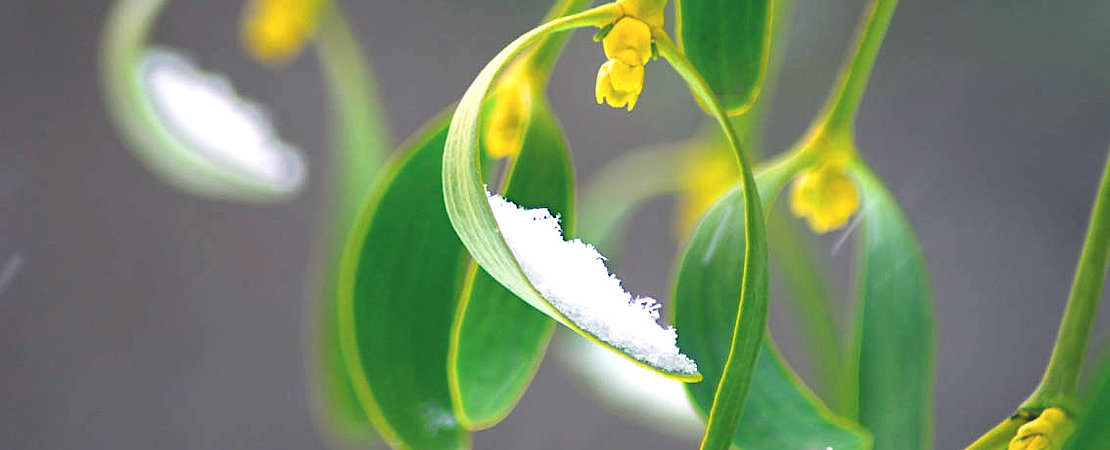An effect of mistletoe therapy: immunomodulation
Mistletoe extracts can influence the immune cells, stimulate their proliferation or activate the cells themselves, i.e. improve their function. This is known as "immunomodulation". Subsequently, immune cells are produced in increased numbers. This improves the efficiency of the immune system. Mistletoe extracts can activate white blood cells (leukocytes) such as granulocytes, natural killer cells (NK cells) and inactive macrophages. They augment the cytotoxic activity of white blood cells, resulting in increased numbers of blood cells attacking foreign cells, possibly also tumour cells. All these effects have been found mainly in laboratory experiments.
Mistletoe extracts activate and modulate the immune system. Most immune cells develop from the bone-marrow stem cells. These include:
- B-lymphocytes in bone marrow and lymph nodes. They develop into plasma cells which can produce special antibodies (e.g. against mistletoe lectin).
- T-cells, consisting of T-helper cells, T-suppressor cells and cytotoxic T-killer cells. The function of the T-helper cells is to recognise foreign substances (antigens) and to subsequently activate B-cells and killer cells. T-memory cells are particularly long-living T-helper cells. T-suppressor cells slow down the reaction of the immune system and inhibit the release of certain messenger substances (lymphokines). Cytotoxic T-cells identify and destroy virus-containing cells and probably also tumour cells.
- Natural killer cells (NK cells), which have similar functions as cytotoxic T-cells.
- Phagocytes (macrophages), which are mainly found in tissue and lymph fluid. Their function is to process foreign substances and to present them to the T-lymphocytes which can recognise these as foreign and harmful (antigen-presenting cells).
- Granulocytes, which are phagozytes and defence cells. They divide into three subgroups: neutrophils, eosinophils and basophils (mast cells). Eosinophils mainly defend against parasites, neutrophils attack bacteria, viruses and fungi in the blood. Mast cells secrete pro-inflammatory substances (e.g. histamine), which is particularly noticeable in allergies.
Last update: February 24th, 2023/ABT1
